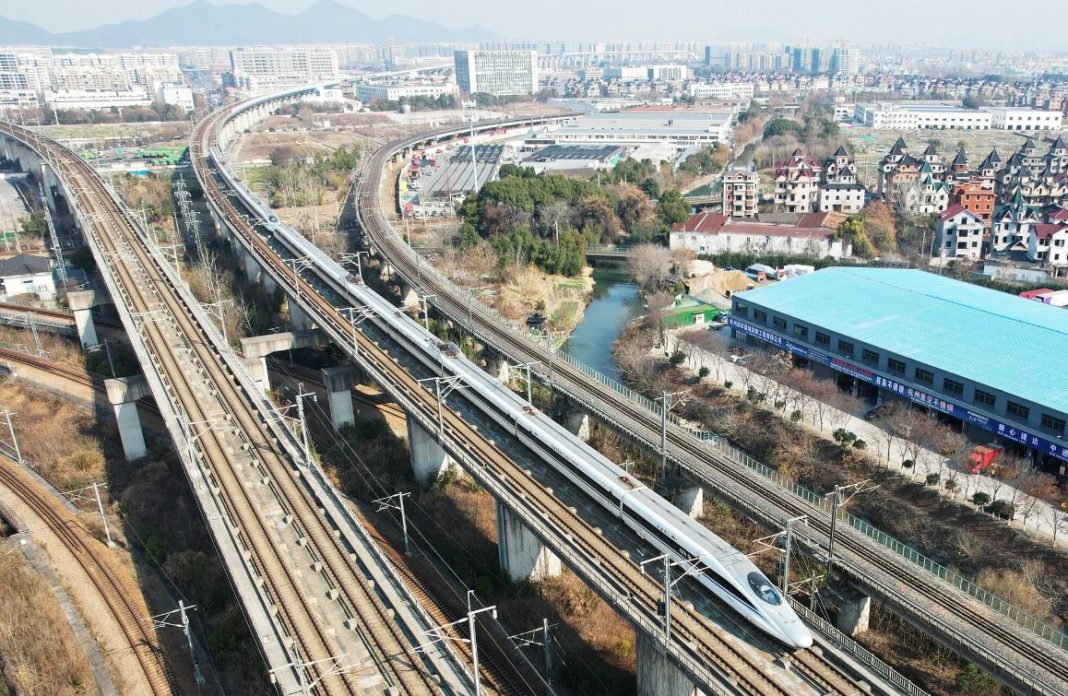China has taken an unusual step by significantly increasing fares on four major bullet train lines, marking its broadest effort to address escalating costs and heavy debts since the inception of the system nearly two decades ago.
The decision to hike train ticket prices is part of a broader initiative aimed at raising prices for public services. Earlier this year, water and natural gas bills saw an uptick in some cities, reflecting a shift in China’s subsidy-heavy public service model.
Public services in China, heavily subsidized by local governments, are facing financial strain due to substantial municipal debts, limiting the capacity to keep prices low. Increasing prices not only helps offset losses at state-owned enterprises but also balances the downward price pressure prevalent in China’s slowing economy.
China has already witnessed a significant increase in electricity charges for factories since 2021, though residential consumers continue to benefit from subsidized rates. The move reflects the government’s efforts to rationalize pricing structures across various sectors.
Raising rail fares in China is a sensitive matter, given the symbolic importance of bullet trains as a testament to the country’s infrastructure prowess. However, the extensive borrowing that financed this infrastructure has accumulated significant debt, with China State Railway Group alone amassing $870 billion.
The move to raise fares comes amidst a broader economic restructuring in China, shifting away from infrastructure and real estate investments towards high-tech manufacturing and exports. This shift has raised concerns among trading partners like the United States and Europe, fearing increased Chinese exports could destabilize their industrial bases.
China’s bullet train network, spanning 28,000 miles since its inception in 2008, connects major cities and hundreds of smaller towns. Despite its impressive scale, the network’s financing model, reliant on significant borrowing and joint ventures with local governments, is proving unsustainable.
The fare increases, attributed to rising operating costs, have garnered significant attention on Chinese social media platforms. Many have expressed dissatisfaction, citing stagnant wages and declining real estate prices amidst rising living costs.
The fare hikes primarily affect peak travel routes between affluent cities like Hangzhou, Shanghai, Changsha, Ningbo, Wuhan, and Guangzhou. However, travelers from smaller, less prosperous towns will also bear the brunt of these increases.
Second-class fares for peak travel on some routes will rise by nearly 20%, with business-class seats seeing a jump of up to 39%. However, the rail system aims to offset these increases by offering deeper discounts for off-peak tickets and slower trains.
Despite the fare hikes, China’s bullet trains remain comparatively affordable compared to Western counterparts. However, the move underscores the challenges posed by financing and operating such an extensive rail network amidst mounting debts and financial pressures.
The success of China’s bullet train network has led to urban development along its routes, with high-rise zoning and increased connectivity driving growth in smaller towns and cities. While challenges remain, the bullet train network continues to be a vital component of China’s transportation infrastructure, facilitating travel and economic growth across the country.

